Making Better Use of Lumber Waste
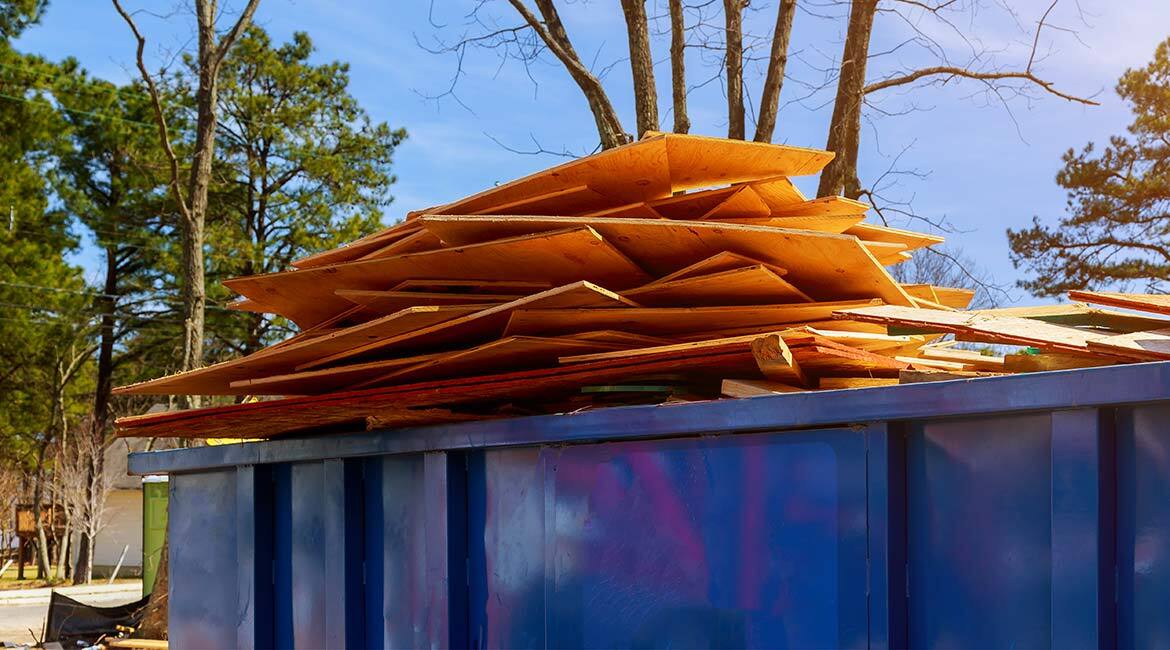
Purchased on Istockphoto.com. Copyright.
Reverse Logistics: The Great Unknown
Logistics intends to increase systems performance through better decision-making on physical, financial, and information flows. Traditionally, the objectives were to increase profits, revenues, and productivity while reducing costs, risks, and production shutdowns. It is now required to reduce our environmental impacts by decreasing waste and carbon emissions. When logistics contributes to densifying waste deposits in order to promote their recovery, it is known as reverse logistics.
Recycling Lumber
Debris from the construction, renovation, and demolition (CRD) sector represents more than a third of the waste generated in Quebec, with lumber being one of the main materials. Currently, 1.5 million tons of waste wood are landfilled each year, generating approximately 2.25 tons of greenhouse gases (GHGs) and leading to a waste of raw materials. In addition, most of the recovered lumber is burned for energy production—another significant source of GHGs.
To increase the quantity of recovered lumber while decreasing the production of GHGs, we propose restructuring the reverse logistics network to recover CRD waste.
Quality and Location Issues
On the one hand, the demand and supply of lumber waste are highly dependent on its quality. Therefore, it must be sorted according to grade if there is any hope of recovery. Currently, all waste is mixed, which increases the contamination of the wood.
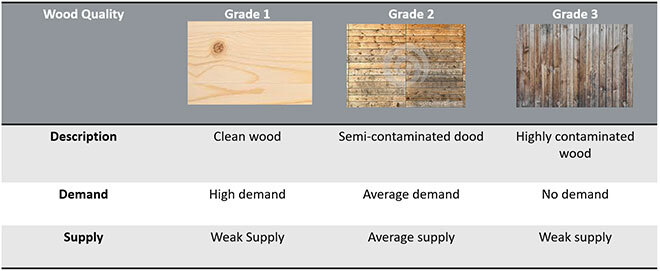
Fig. 1: Variations in supply and demand according to lumber quality
On the other hand, the location and amount of produced waste vary significantly over time, increasing data uncertainty. These data can be forecasted using machine learning.
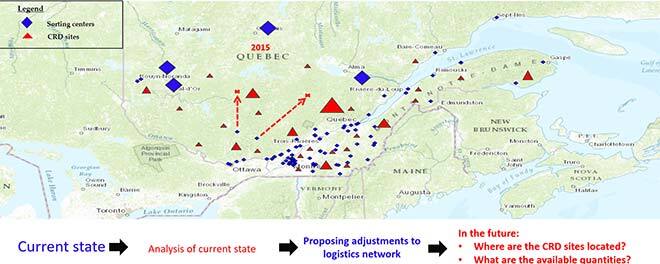
Fig. 2: CRD sorting centres and production sites
Maximum Profit with Minimal GHGs
A source separation strategy was considered by integrating dynamic platforms (transhipment centres). Simulations were performed using an integer programming (IP) model fed with network metrics, such as the amount of collected waste, recycling rates of sorting centres, and dynamic waste collection routes. Uncertainty regarding lumber quality and sorting centre performances were also taken into account.
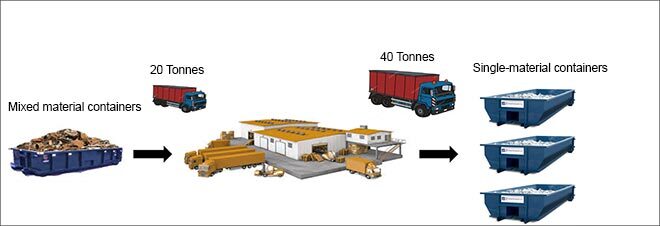
Fig. 3: Source separation strategy
Profitability in operating the proposed structure was evaluated based on the portion of landfilled lumber. Although the target in the regulatory framework proposed by the ministère de l’Environnement et de la Lutte contre les changements climatiques (MELCC) is 70% of recycled or recovered organic matter by 2030, simulations in the case under study showed that maximum profit was reached at 64% reuse.
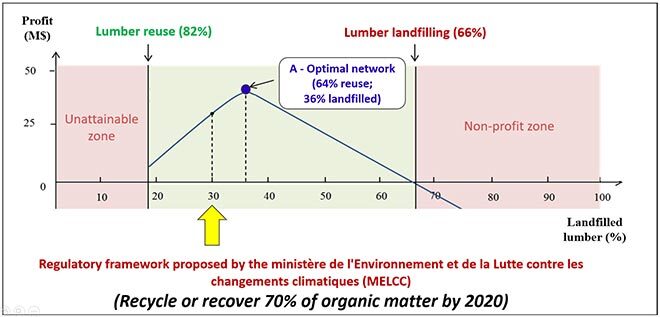
Fig. 4: Profitability according to the portion of landfilled lumber
Assessing GHG emissions from all activities related to the proposed structure clearly demonstrates the merits of source separation. Furthermore, the profit-maximizing scenario (36% landfill) leads to 9% fewer GHG emissions compared to the GHG produced in the scenario of the MELCC regulatory framework.
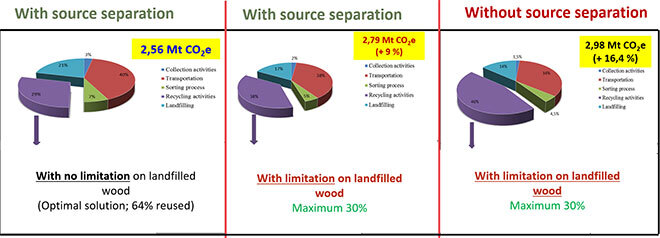
Fig. 5: GHG emissions per scenario
The simulations showed that slightly increasing the portion of landfilled lumber renders the proposed system more profitable while reducing greenhouse gas emissions. Our results demonstrate the relevance of using reverse logistics approaches to address the climate crisis.


